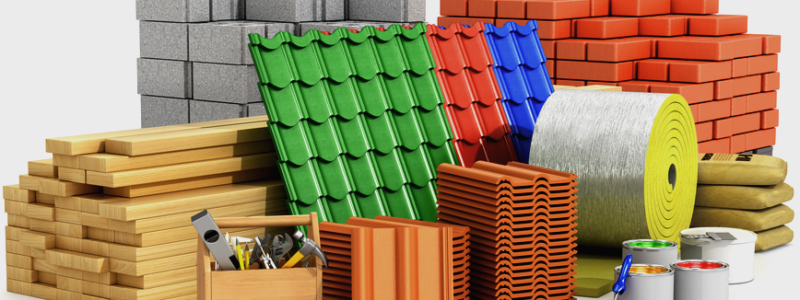
Demand for building materials slowed in 2024 after a significant increase last year due to low consumer solvency and insufficient funding for government recovery programs, the Association of Manufacturers of Building Materials noted.
“In general, in terms of estimated volumes, the first half of 2024 almost correlates with the figures for 2023, meaning that there was no miracle in the increase in demand. Sales of specific products today directly depend on the activity of small private developers. Large and truly solvent public or private consumers of wholesale volumes exist in single copies,” Konstantin Saliy, President of the All-Ukrainian Union of Building Materials Manufacturers, told Interfax-Ukraine.
According to him, individuals make up the bulk of real sales of building materials for which payment has been completed. At the same time, the programs “5-7-9”, “eHouse” and “eRecovery” stimulate unstable increases in demand, which allow keeping the sales of materials at the level of 27-50% of pre-war 2021, the expert noted.
“Under such conditions, the market climate is not expected to improve until the end of 2024,” added Saliy.
Meanwhile, the demand for aerated concrete is driven mainly by apartment construction, which is supported by recovery programs, said Oleg Syrotin, director of the All-Ukrainian Association of Autoclaved Aerated Concrete Producers.
“Today, the demand for aerated concrete has decreased by almost 60% compared to the pre-war period. The main consumer of our products, individuals, are hardly building any houses. The industry is surviving mainly due to multi-apartment construction, in particular through government programs for restoration and compensation to the affected people,” he said.
According to the expert, the growth in demand would be positively affected by the expansion of the eHouse state program to low-rise projects of small developers, as this sector was the main consumer of aerated concrete before the war.
“Aerated concrete is used in new construction, so the state program eHouse is the most effective for us. The second most effective program is eRestoration for severely damaged facilities where new walls need to be built. The impact of these programs is certainly positive, but we would like to see more financial resources from the state and banks for them,” explained Syrotin.
According to Ukrcement, cement consumption in January-June 2024 increased to 3 million tons, up 21.3% year-on-year. At the same time, the association’s forecast for the rest of the year is restrained.
“The biggest problem for cement producers is demand. Demand for products has fallen sharply, which means that revenues have also fallen, while costs, on the contrary, are rising. The forecast for cement consumption in 2024 is quite restrained. We had a significant jump in 2023. We produced 7.4 million tons of cement. This year we had a difficult summer in terms of electricity. Therefore, if we reach 8 million tons this year, it will be a very good result,” explained Lyudmyla Krypka, Executive Director of Ukrcement Association.
Demand is significantly affected by the situation at the frontline, as well as government support for the industry, the expert noted. According to her, the policy of subsidies and additional benefits from the state is important to ensure the stable development of the market.